Indian Serpent-Lore or The Nagas in Hindu Legend and Art
It is with grateful acknowledgment that I dedicate this volume to my friend and colleague, Professor C. C. Uhlenbeck, Ph.D., who, as my guru at the University of Amsterdam, was the first to introduce me to a knowledge of the mysterious Naga world as revealed in the archaic prose of the Paushyaparvan. In the summer of the year 1901 a visit to the Kuli valley brought me face to face with people who still pay reverence to those very serpent-demons known from early Indian literature. In the course of my subsequent wanderings through the Western Himalayas, which in their remote valleys have preserved so many ancient beliefs and customs, I had ample opportunity for collecting information regarding the worship of the Nagas, as it survives up to the present day. Other nations have known or still practise this form of animal worship. But it would be difficult to quote another instance in which it takes such a prominent place in literature, folk-lore, and art, as it does in India. Nor would it be possible to name another country where the development of this cult can be studied during a period which may be estimated at no less than three millennia. During so vast a space of time the deified serpents have haunted the imagination of the people of Hind. But even more astonishing is the endless variety of aspect under which the Nagas appear in Indian literature and art. We meet, on the one hand, with the primitive type of the reptile endowed with the magic properties which we are wont to associate with the dragon of Western fable. On the other hand, the Naga frequently has the character of a water-spirit. Again, he may be able to assume any form he chooses, and commonly appears in human shape. In Brahmanical legend he may become a pious ascetic, in Buddhist lore he may even develop into a self-denying saint. Very often these various types appeat strangely blended. In the present volume it has been my object to collect the legends relating to the Nagas which are found in the Brahmanical and Buddhist literature of India. We do not pretend that in that gigantic body of literary tradition there may not bea Naga story which has escaped our notice. The three chief repositories of serpent-lore—the Mahabharata, the Jataka Book, and the Rajatarangini—have, at least, been fully utilized. But for the test it is questionable whether much would have been gained by aiming at completeness. The stories here presented will certainly suffice to show the Nagas in that great vatiety of aspect to which reference has been made. As the story-tellers of ancient India were fond of indulging in repetition and detail, it appeared often unavoidable to curtail the narrative considerably. In doing so it has been our endeavour to retain something of the exotic flavour of the Eastern tale, and, in particular, to preserve any such features as may be of interest for our present subject. While freely utilizing existing translations we have not refrained from making such alterations as seemed to be called for either for the sake of philological accuracy or on account of the general style of the book. The sculptures reproduced in our plates have been partly selected for their aesthetic or archaeological interest, partly because they illustrate the legends contained in the text. My obligations for assistance rendered in various ways are numerous. For the supply of photographs to illustrate my book, Iam much indebted to Sir John Marshall, Kt., C.LE., M.A., Litt.D., Director-General of Archaeology in India, and to the various officers of his Department ; to Sir Aurel Stein, Kt., C.I.E., Ph.D. ; to Mr. Ramaprasad Chanda, M.A., Officer in charge of the Archaeological Section, Imperial Museum, Calcutta ; to the Curators of the Provincial Museums at Lahore and Lucknow ; to Mr. R. Narasimhachar, late Director of Archaeological Researches, Mysore State ; to Mr. F. D. K. Bosch, Ph.D., Director of the Archaeological Survey of Netherlands-India; to M. Louis Finot, Directeur de lEcole Francaise d’Extréme-Orient, Hanoi ; to Mr. C. Stanley Clarke, Curator Indian Section, Victoria and Albert Museum, South Kensington ; to Mr. T. A. Joyce, of the British Museum, and to M. Delaporte, Conservateur, Musée du Trocadéro, Paris. Among the persons who have helped me with information I wish to mention Mr. Dines Andersen, Ph.D., Professor of Pali in the University of Copenhagen ; Rev. TI. Grahame Bailey, Ph.D. ; Mr. J. J. L. Duyvendak, Reader of Chinese in the University of Leyden ; Rev. A. H. Francke, Ph.D. ; Sir George Grierson, K.C.LE., Ph.D., Litt.D., I.C.S. (ret.) ; Pandit Hirananda Sastri, M.A., M.O.L., Superintendent for Epigraphy ; Mr. Sten Konow, Ph.D., Professor of Sanskrit in the University of Kristiania ; Pandit Nityananda, Srinagar, Kashmir ; Babu Prayag Dayal, Curator Provincial Museum, Lucknow ; M. J. Przyluski, Professeur a l’Ecole des Langues Orientales, Paris ; Mr. B. Sanjiva Rao, Principal Queen’s College, Benares ; Mr. H. A. Rose, I.C.S. (ret.) ; Mr. H. Lee Shuttleworth, I.C.S. (ret.) ; M. Philippe Stern, Musée Guimet, Paris. My special thanks are due to Mrs. Kuenen-Wicksteed, and to my friend, Sir Thomas W. Arnold, C.1.E., Litt.D., Professor of Arabic in the University of London, for their great cafe in revising my manuscript.
Get it now and save 10%
BECOME A MEMBER

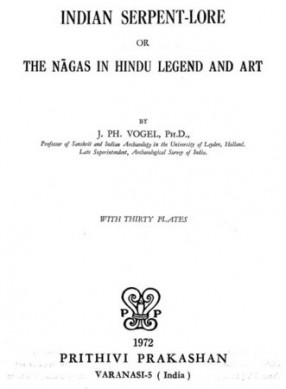
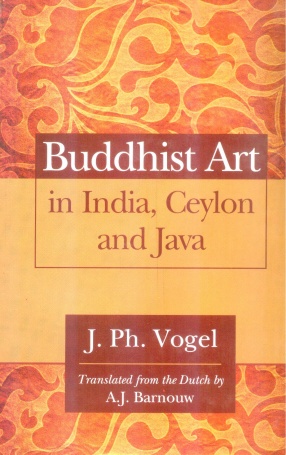

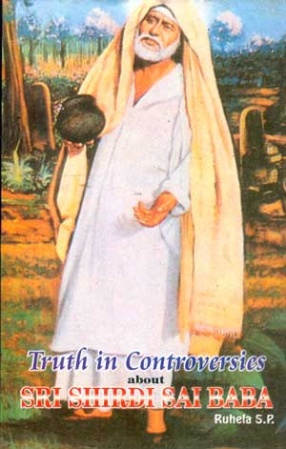
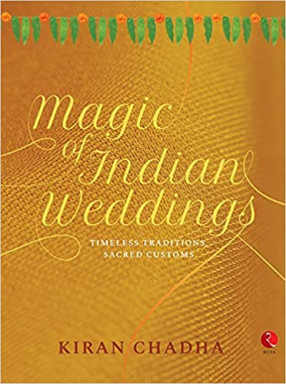
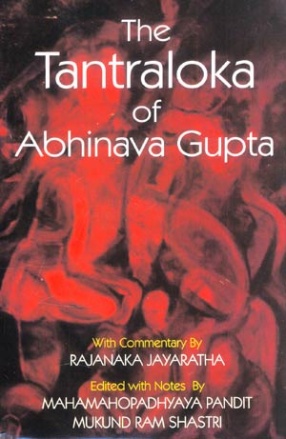
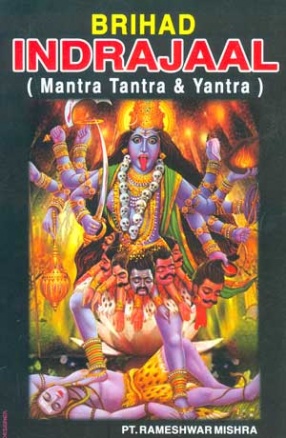

Bibliographic information